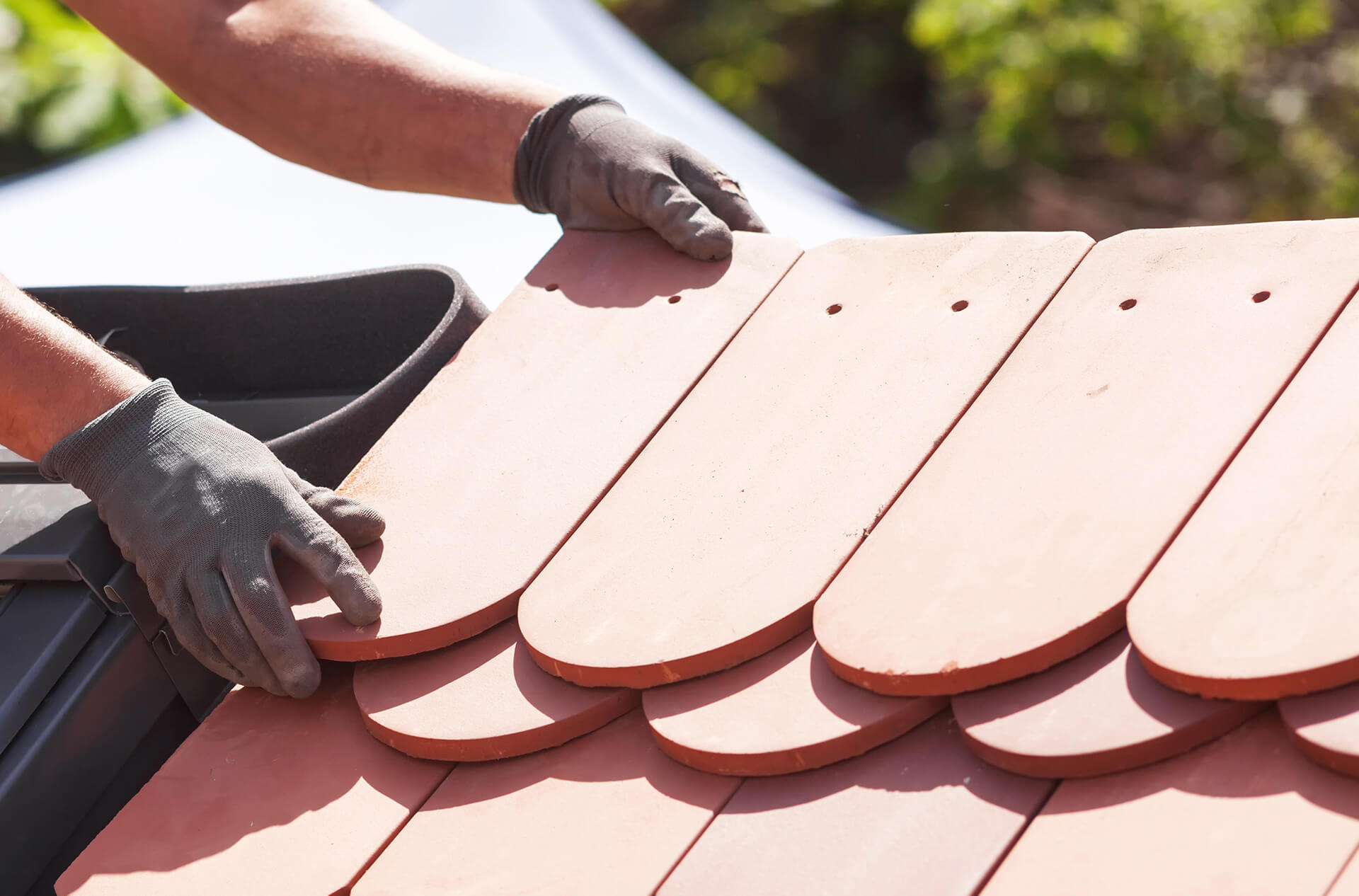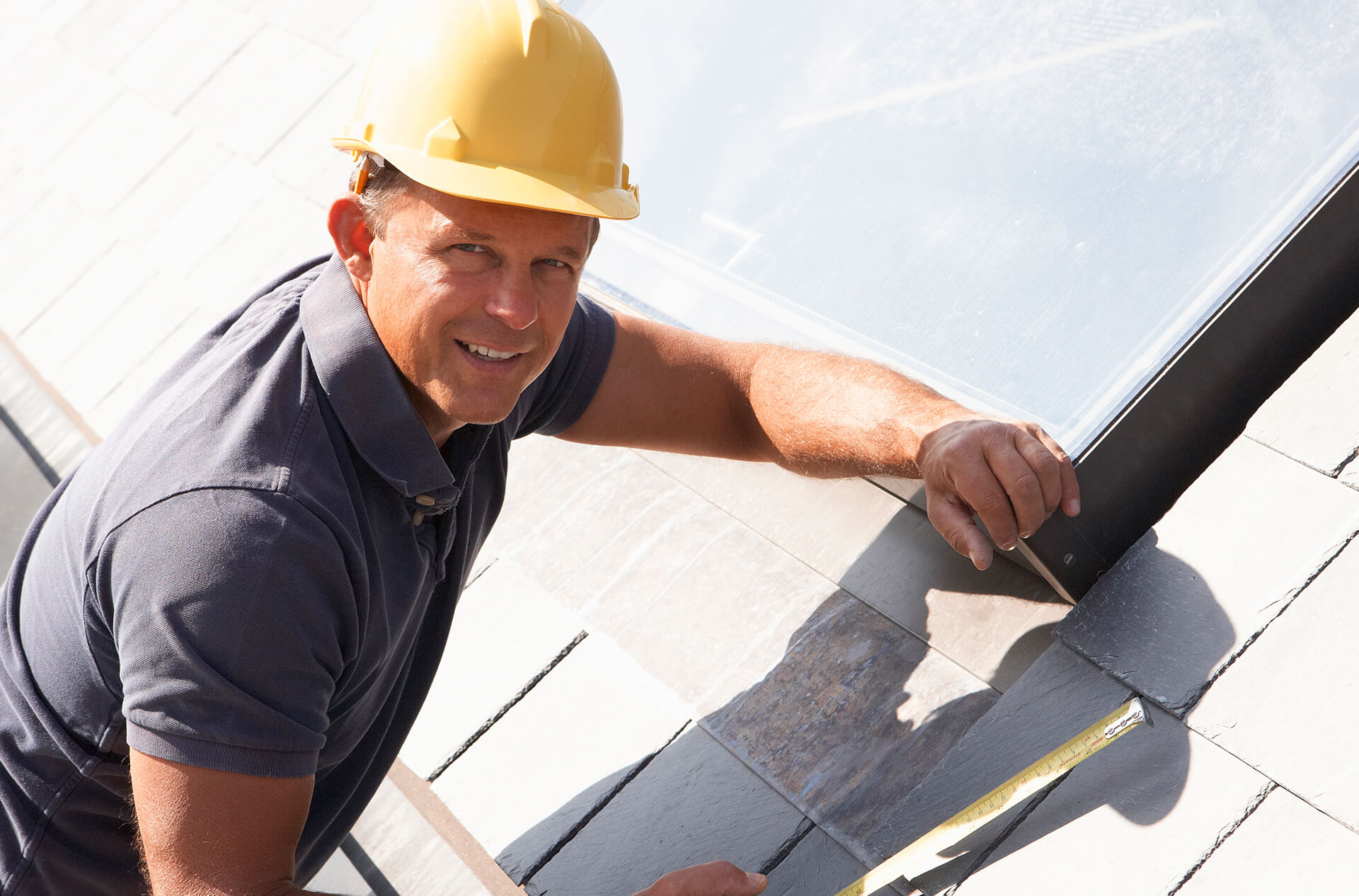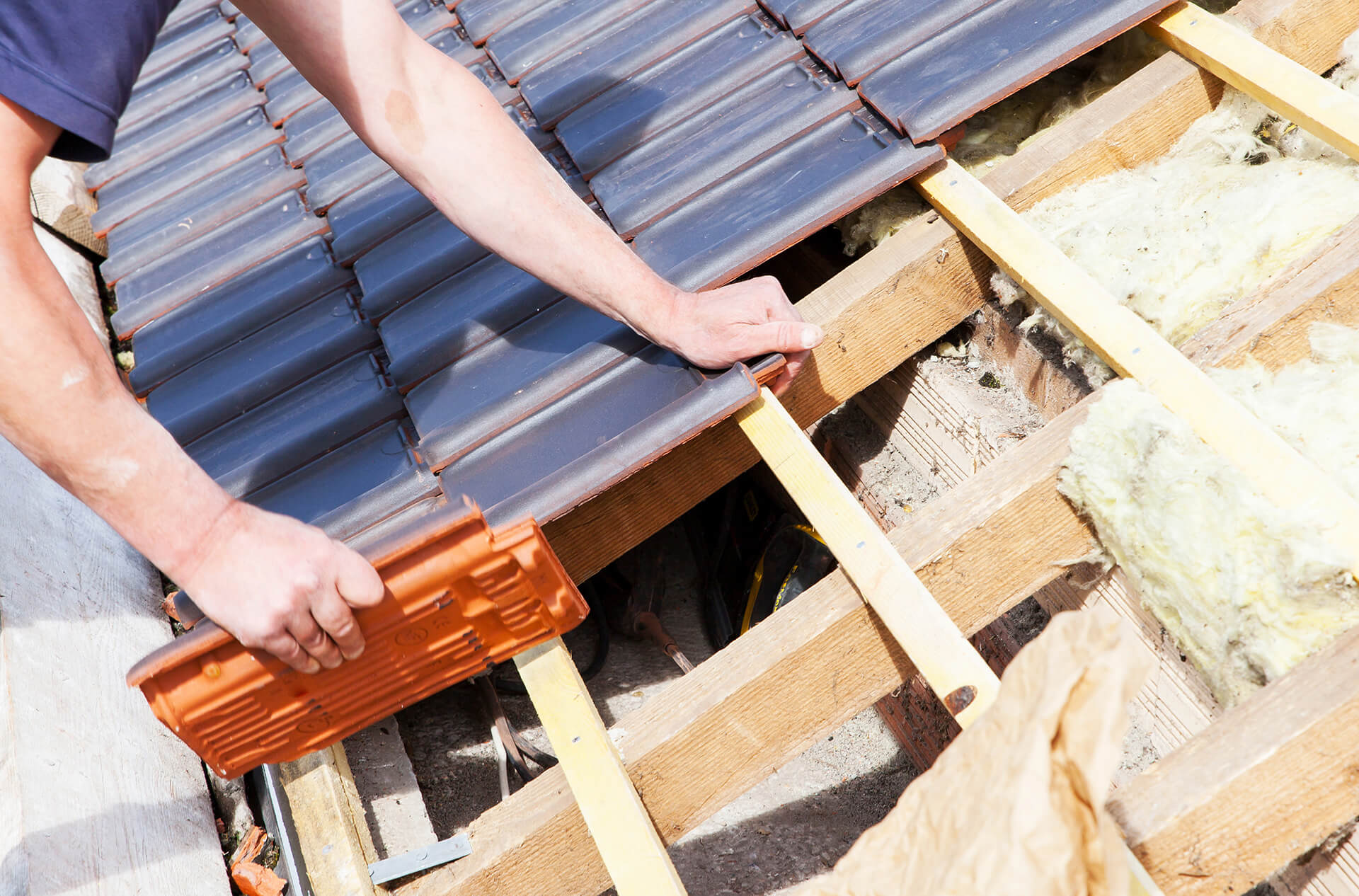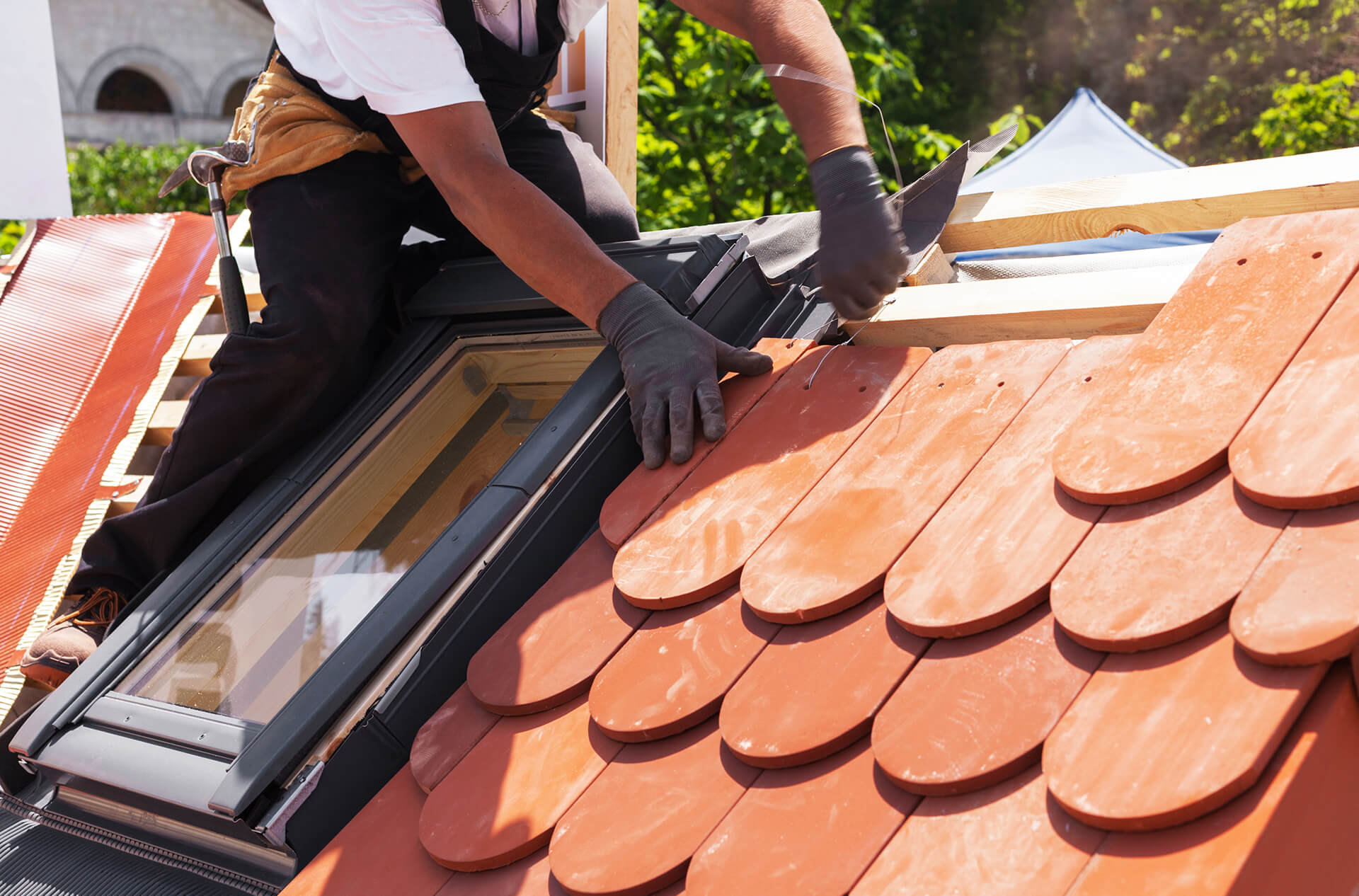Loft Conversion
Home
|
Loft Conversion
Whether you’re looking to increase your living space or want a new place for guests, loft conversions are the answer. Loft conversions can be done on any roofing system, and there is no limit to how high you can go with one!
We have loft conversion experts who will work closely with you every step of the way to make sure that your project goes smoothly. Read on for answers to all your questions about what loft conversions involve and why they’re so great!
What is a loft conversion?
A loft conversion is a project that adds a second floor to an attic or roof space. This can add anything from a guest room to an entertainment area, depending on the size of your property and what you want to use it for.

Benefits of Loft Conversion
Increase living space
If you have a smaller home, adding more floor space is always beneficial! There’s no limit to how much extra storage or living space you can get with a loft conversion – think about all those wasted spaces in attics and garages that we could turn into something useful!
Building regulations
Loft conversions are often exempt from building regulations if they’re not accessible by emergency services such as firefighters (due to their ladders), but even if they are, they’re often dealt with on a case-by-case basis.
Extending your home
If you want to add value to your property and give yourself extra space for family or guests, a loft conversion is a perfect addition! It’ll make it easier to sell in future too!



Loft Conversion Types
There are several different types of loft conversions depending on what you need from them – whether that’s more room for storage, bedrooms or living spaces.
Roof window conversion
A roof window is an opening that lets light into your loft room through the ceiling, it can be opened to allow in the fresh air, and they are great for ventilation during hot weather. They also need less maintenance than skylights, requiring glass replacement due to faulty seals or birds’ damage.
Dormer conversion
A dormer window is a type of skylight that protrudes from the sloping or horizontal plane of your roof. In terms of design, they can be very similar to roof windows but have more floor space and headroom for you to use. They’re great if there isn’t enough room in your loft for a full-size window, although it’s worth mentioning that some areas will require planning permission before you can build one.
Mansard conversion
The name ‘mansard’ comes from the French word meaning attic. This style was popular during the 19th century where two slopes were used instead of just one like with most other types. This means that it’s suitable for lofts that are laid out horizontally rather than vertically.
Hip to Gable conversion
Also known as a gabled hip, which is commonly used for lofts laid out horizontally, this style replicates the appearance of a traditional pitched roof with each slope being made up of two sloping planes meeting at right angles on your loft ceiling. Hip to gable is suitable if you are looking for something that looks more like it belongs in its surroundings and can be built without planning permission.
Gambrel conversion
This style of loft conversion is also laid out horizontally and replicates the appearance of a traditional sloping roof. The lower slope on your ceiling will be steeper than the upper one, just like gabled hip conversion, meaning that it can be built without planning permission.
Hipped roof conversion
It is most commonly associated with French-style homes. This type of loft conversion features four slopes meeting at right angles on your new loft room ceiling, giving you all-around access to natural light. Hipped roofs are suitable for lofts laid out vertically rather than horizontally, making them perfect if you’re looking for something different from other styles that might blend in too much with their surroundings. They can require planning permission depending on the location’s planning laws.
Velux conversion
Probably the most common loft conversion for homeowners, Velux windows are a brilliant way to maximise light and space. They’re also one of the most accessible types of roof window conversions you can do yourself, so if you have DIY skills, they could be perfect!
What Loft Conversion Involves
The first thing we do in a loft conversion is to remove the old ceiling and flooring. We then install a new roof joist system for extra support, as your loft will now be open plan with no supporting walls running underneath it.
We’ll install insulation to stop heat escaping from your home, which can help lower energy bills too! Finally, we lay out the dry lining to create a brand new room in your house that you can decorate just how you want it – making sure everything is installed safely, so there are no tripping hazards or any other safety concerns!
Loft Conversions for Kitchens & Rooms
There are times when your kitchen and some rooms in your house are not as big or as practical as they could be. A great way to solve this problem is by adding a loft conversion!
A kitchen from one of our previous projects fitted into an existing attic space with the help of some clever planning and design. We added new windows, walls, skylights and even moved rooflines to create more head height for the room where you needed it most. The project also involved converting two dormer-style window spaces into another third-floor bathroom while keeping everything looking good aesthetically. Hence, there were no noticeable changes in your property’s exterior look.

Loft Conversion Refurbishment
If you have a loft, but it’s looking a little tired, or you don’t have the time to do any work yourself, we can help. Upgrading your loft is an excellent way of creating more space for storage, extra room, and using that under-utilised space above your ceiling!
FAQs
How much is a loft conversion?
Loft conversions typically cost between £40,000-£80,000, depending on the size of your loft.
Do roofers do loft conversions?
Roofing contractors offer both flat and sloping roof conversion services so they can work with you to transform your attic effectively. You will find their quotes are very competitive when compared against other professional service providers in this industry.
What type of roof do you need for a loft conversion?
Any kind of roof is suitable for a renovation or extension project provided that it’s structurally sound enough to support the new weight being placed upon it. Most often, extensions are built with either flat roofs or pitched roofs (sloping). The latter provides greater headroom, but if there isn’t sufficient height, this might not be the best option.
How tall does a roof have to be for a loft conversion?
The height of your ceiling determines how much headroom you’ll need to build an extension up into your attic space effectively. If there is insufficient height, then this will mean that the renovation project won’t meet regulations and therefore may never get planning permission, so it’s essential to work with professionals who can assess what building works are required before they start on site. This way, if something needs changing or adjusting, they can ensure it gets done without affecting overall costs too significantly.
Can I install solar panels in my loft room?
Yes. If you go down the route of building an extension using solar panels, it’s possible to get a grant for up to £16k towards your project costs. As long as you have permission from your local authority and are within set guidelines, nobody stops anyone from installing these in their home.
